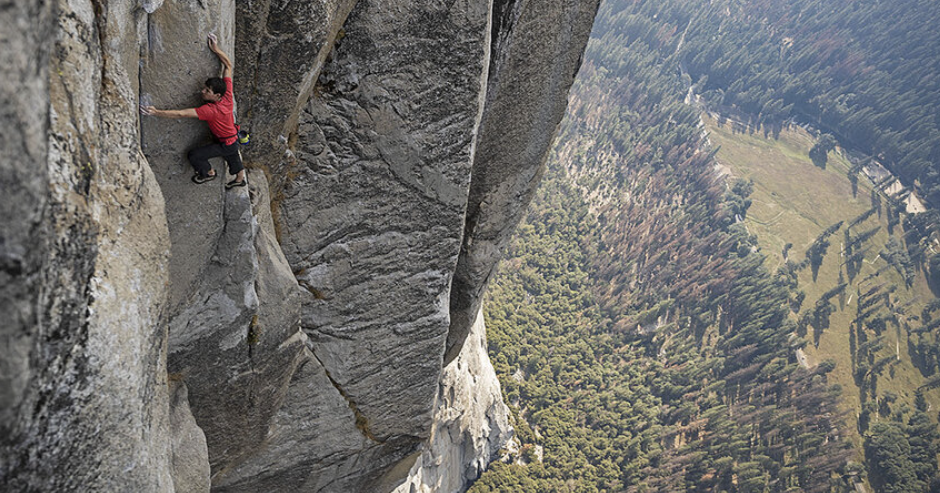
Most investors are looking for an answer to risk management. No simple answer exists mainly because there are no reliable, quantifiable measurements of risk. Economists and academics measure the risk of an investment by the degree of fluctuation of its value, namely, its volatility. The volatility of a low-risk holding is low. Highly rated government and corporate bonds are examples. However, in the lexicon of the Monday Morning Millionaire Program, GIC stands for Guaranteed Instrument of Confiscation because after taxation and inflation, historically, they have almost always returned the principal amount in money of lesser purchasing power. Their volatility is poor measure of their risk level, in this view.
High grade bonds are particularly risky in today’s low interest rate environment. Bond values fluctuate in the opposite direction of interest rates. Recent interest rates have been the lowest in history. They can only go up which guarantees a drop in bond values with a resulting drop in portfolio values proportional to the extent of its bond holdings.
Like life, no investment is risk-free. Investors face individual security risk, market sector risk, manager selection risk, currency risk, sovereign risk, general market risk, the risk of questionable accounting practices and likely, more. The best that we can do is to seek out methods which lower our risk while giving decent returns.
Risk and return are directly proportional. The greater the risk the greater the possible return. In other words, to generate better returns we need to be seeking greater risk. The word “possible” is the operative word here. To balance our risk/return ratio ideally, we need to balance holdings ideally.
And then, there is individual risk tolerance. Studies show that older investors are not necessarily more risk-averse but that investors closer to retirement are. Investors with larger portfolios are less risk-averse.
So, what is the optimal investment? What is the optimal risk/reward balance for our “core” portfolio? And what did we do in our “explore” portfolio? Warren Buffett says risk is not knowing what you are doing. Charming and accurate!
For details, join the Monday Morning Millionaire Program.
YOU NEED TO LOGIN TO VIEW THE REST OF THE CONTENT OR LEAVE A COMMENT. Please Login. Not a Member? You can now sign up for $12 for a one-year membership. Join Us
